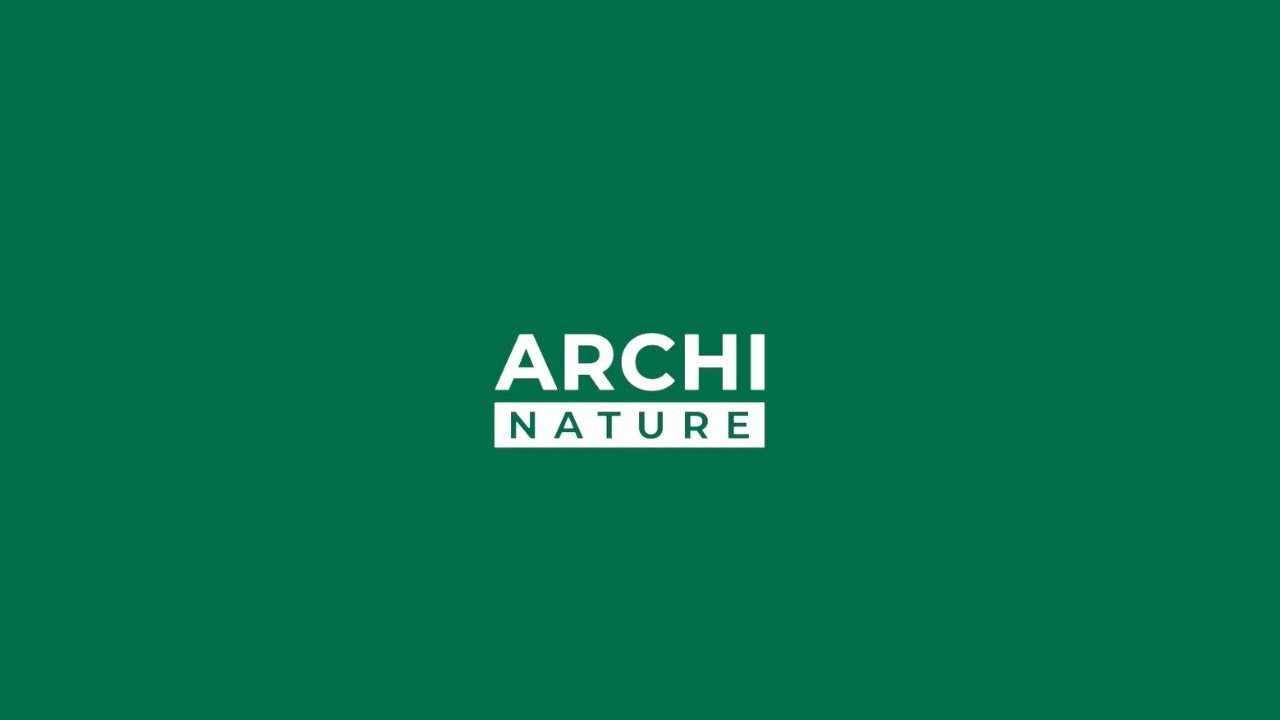
Monica Tricario explains their fascinating project to revitalize the former Siemens building in Bicocca. The Piuarch studio is transforming this historic building into a contemporary and sustainable space, opening it to the city and embracing greenery as a key element of architectural design.

We are working on a building in Bicocca, and it's a very interesting project for many reasons. First, because all four of us worked at Gregotti for many years, so it's a bit like going back to our roots. Furthermore, we all arrived when the studio had just won the second phase of the competition, so we all worked on the Bicocca buildings. This is the former Siemens building, which is next to the university. It's a very large building, 50,000 square meters in size, and it was acquired by a fund. The challenge was to reactivate the place, to make the building contemporary without altering its architecture too much because, despite not being a protected building, it's important from the architectural history of Milan. We wanted to make it contemporary both in terms of its use, as it's an office building, adapting it to the new way of working, which is no longer the same as it was 30 years ago, and in terms of energy, focusing on the building's self-production of energy.
The first operation was to clear the ground floor and open it up to the neighborhood. Many of the buildings in Bicocca have a hard ground connection, so you walk and always have a wall next to you. Therefore, we opened the ground floor to include retail functions, restaurants, shops, and introduced greenery both inside the building and in the building's courtyard. Green design was not just for energy benefits or decorative elements, but mainly as a pretext for sharing and using the building, even by those who don't work in it. The goal was to... One looks at this place from an architect's perspective; you have this avenue with all the buildings closed on one side and the green hill on the other, creating this contrast. And you have few reasons to enter the interiors of the buildings because all the buildings have internal courtyards, but there was no reason to go there. So, we created this large internal garden with an 800-square-meter pavilion that will host activities to attract people to this neighborhood. The building becomes permeable to its surroundings, which is the opposite of what it was before; it used to be somewhat impermeable.
From an energy efficiency perspective, we completely revamped the building's systems. We utilize geothermal energy, photovoltaic panels, and there's a water recovery system used for both irrigating the internal garden and non-potable water use. We've also incorporated greenery on terraces and various open parts of the building. Greenery is a crucial design element. Mistakes were made in the past, using species that grew and required maintenance that wasn't... Now we're a bit more advanced in managing species, behavior, and maintenance of greenery.
Certainly, we work with Antonio Perazzi, who has been working with us for many years on green design. There are many different species, and the choice was to use mostly spontaneous greenery and plants with low water requirements. So, greenery that is easy to maintain and not costly, especially in terms of water use, which we know is becoming increasingly expensive.
I would say revitalization, reuse, and reactivation. It used to be said that demolishing a building and rebuilding it was cheaper than refurbishing it. Not anymore, in the sense that both construction costs and, especially, the environmental impact of demolishing a building and reconstructing it make us think more and more about the recovery and reuse of what already exists. So, in this case, revitalization from a construction perspective and also reactivation from a social perspective, creating a new use for the building that becomes permeable to the city, where the boundaries between public and private are increasingly fluid, and there's a reason to use the buildings even for those who don't work inside the building. Reactivating behavior, even from an educational standpoint, in a way.
That's how Piuarch is transforming the former Siemens building in Bicocca into a symbol of revitalization and sustainability. Thanks to Monica Tricario for this insightful interview, which has allowed us to better understand their extraordinary work. Stay tuned for further updates on the Archi-Nature initiative and Piuarch's new challenges in the world of architecture.
Interview by Giorgio Tartaro




















